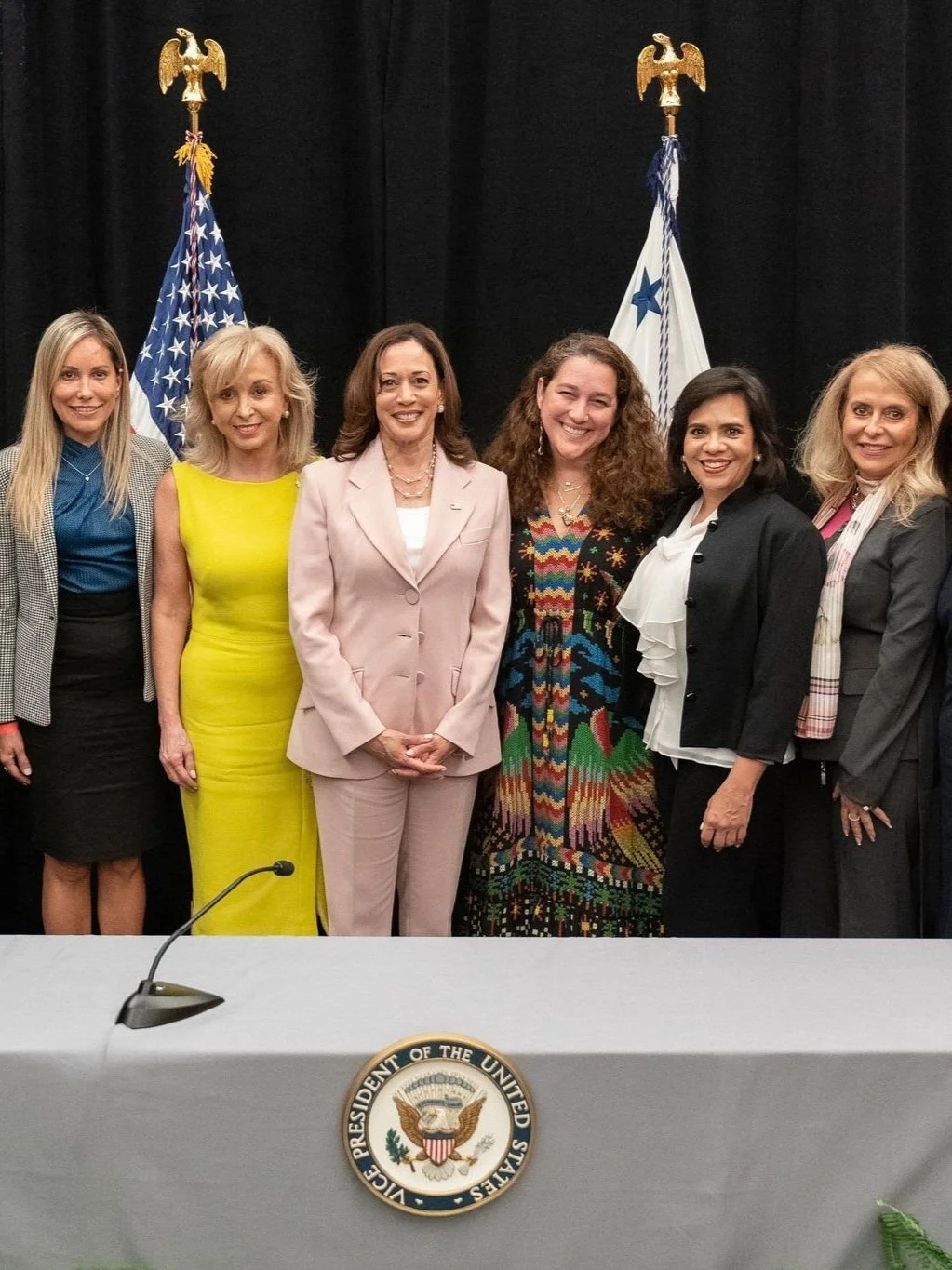One of the most biologically diverse places on the planet, the Virunga-Bwindi landscape’s ancient tropical forests, ice-capped mountains, active volcanoes, savannah, swamps and wetlands are also home to several iconic and endangered species, but its most famous resident is probably the mountain gorilla. Among the most recognizable animals in the world, but also one of the most critically endangered, a recent census has revealed that the surviving population has risen by 25% since 2010 to 1,000, thanks to intensive conservation work by organizations including the WWF.
Spread across the borders of three countries in central Africa – Democratic Republic of the Congo (DRC), Uganda and Rwanda - the Virunga-Bwindi is home to the world’s last two remaining populations of mountain gorillas. However, the area has been afflicted by decades of armed conflict, which has made protecting the environment and its wildlife difficult as well as dangerous, and with often little other choice, local people rely heavily on forest resources putting undue stress on the gorillas’ environment. Without these large-scale grazers eating lots of vegetation, the natural balance in the food chain is being disrupted, which could negatively affect other wildlife in the area, and ultimately, the people who depend on that environment for food, water and other resources.
Involving 12 teams covering more than 2,000km of forested terrain, the latest census has confirmed that the number of mountain gorillas has increased to 604 from an estimated 480 in 2010, including 41 social groups, along with 14 solitary males in the transboundary area. This brings the global wild population to an estimated 1,004 when combined with published figures from Bwindi Impenetrable National Park (where the rest of the sub-species is found) and makes it the only great ape in the world that is considered to be increasing in population.
The rise in numbers follows the introduction of park guards, veterinary care, community support projects and regulated tourism, and WWF UK ambassador Sir David Attenborough has commented how it is “incredibly heartening” to see how the efforts of so many different groups have paid off. However, he has also warned that, “The threats to mountain gorillas haven’t disappeared entirely, of course, so now the challenge must be to ensure that these achievements are sustained long into the future.”
Read more about the WWF’s efforts here where you can also donate if you are able.












